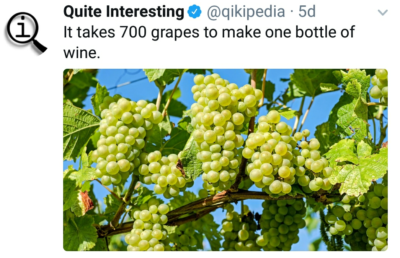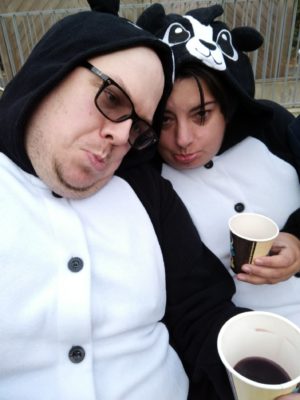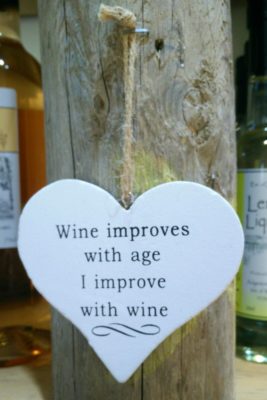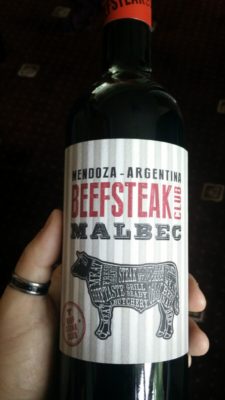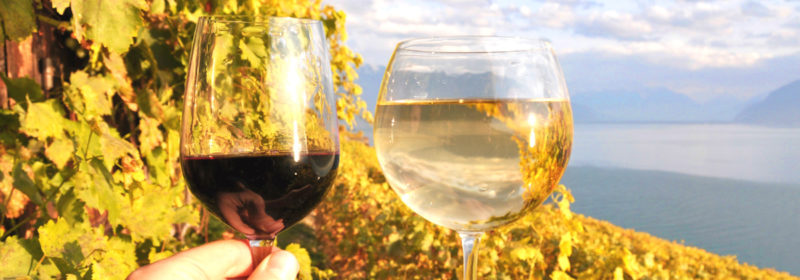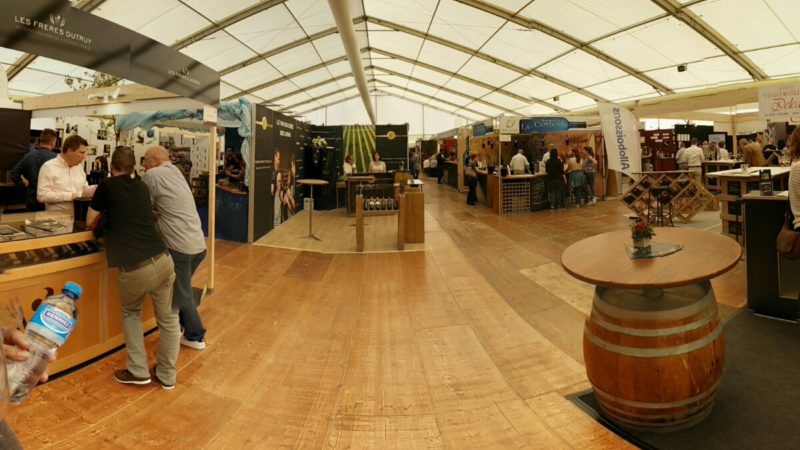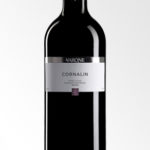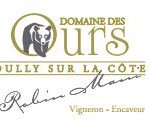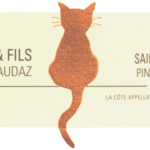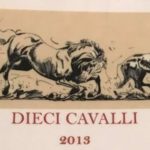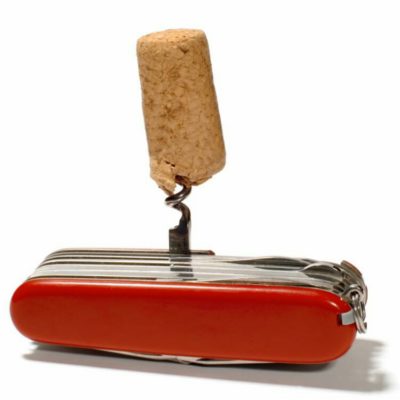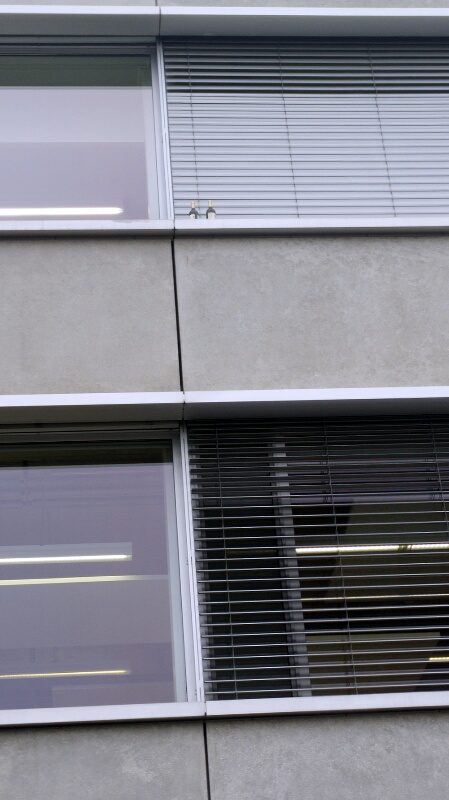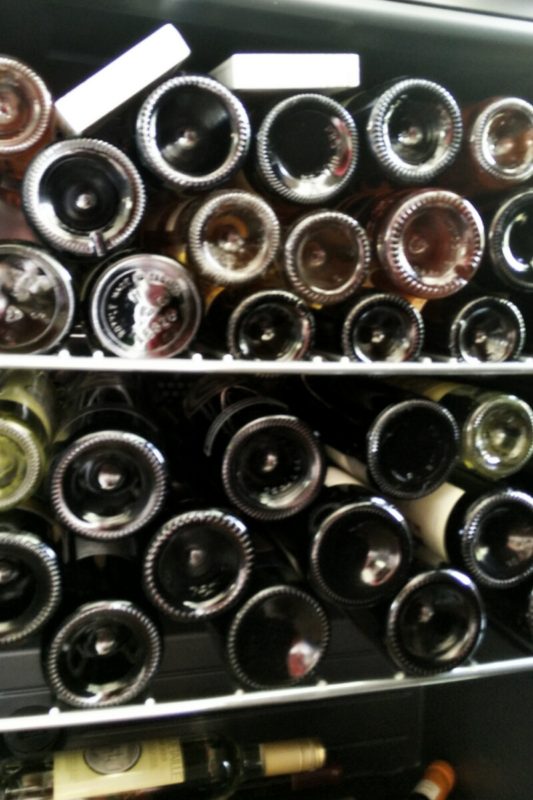Though we really need to increase the output of our solitary grape vine/
Tag: wine
Sad skunks, with wine
In vino veritas
I rarely do this
Swiss wine consumption declines to 40 bottles per person
Swiss Federal Office for Agriculture (FOAG) statistics show a decline in Swiss wine consumption in 2016. Swiss residents consumed less rosé, less white and less red wine. Total consumption in 2016 was 253 million litres, down from 262 million litres in 2015, a drop of 4%. This follows drops of 2% in 2014 and 1% in 2015, a total decline of nearly 7% over three years. The 2016 figure equates to 40 bottles per resident. When those 19 years old and below are removed from the calculation, average consumption rises to 50 bottles a year, or nearly one a week. According to addiction suisse, 13.8% of Swiss over 15 drink no alcohol. If this percentage is removed (the age cutoffs overlap so the figures are not perfect), the annual bottle count rises to 59 bottles per person. Compared to the rest of the world Swiss per capita wine consumption is around the middle of the top 20 wine-drinking nations. 2015 figures from the Wine Institute place it 17th in terms of aggregate wine consumption, but when adjusted by population, it rises to 9th on a per capita basis.
35% of the wine consumed in Switzerland is produced locally. 52% of the white wine sold in Switzerland is indigenous, while only 27% of the red wine sold is home grown. French speaking Switzerland is by far the nation’s largest wine producing region, comprising 11,000 hectares, 75% of Switzerland’s vineyards. Far behind are the German-speaking region (2,600 hectares – 18%) and Italian-speaking Ticino (1,100 hectares – 8%). The largest producers by canton are Valais (4,900 hectares – 33%), Vaud (3,800 hectares – 26%), and Geneva (1,400 hectares – 10%). In 2016, Switzerland produced 108 million litres of wine. 49% of the harvest in 2016 was white and 51% of it was red.
There are many grape varieties grown in Switzerland. The FOAG report lists 276. The most important cépages were Pinot Noir (28%), Chasselas (26%), Gamey (9%) and Merlot (8%) – together 70% of the total vineyard area. 2015 data from the Wine Institute places Switzerland 28th in the world for wine production, with 0.35% of total world output. In 2016, Switzerland imported 185 million litres of wine, 123 million litres of it red, 39 million litres of it white, and 22 million litres of sweet and bubbly wines. The largest imports came from Italy (74 million litres or 40%), France (39 million litres or 21%), Spain (32 million litres or 17%) and Portugal (11 million litres or 6%). Swiss wine exports in 2016 were a tiny 1.2 million litres, 1.1% of total production.
Divinum
We went to the Divinum wine expo this weekend. Waaay more efficient than the Caves Ouvertes. We must have tried wines from a dozen producers, if not more, and Katy was able to partake – given the fact that we live 5 minutes walking distance away.
Wines of note:
Pinot noir, Cave de la Pinaudaz, Lonay
Rose doux, Mourvedre-Grenache, Cave Girardet, Lully
Auxerrois, Domaine des Ours, Dully
Cornalin Héritage, Domaine Varone, Sion
Dieci Cavalli, Mazzarotti, Sardinia
Nero D’Avola, Mothia, Sicile
Malbec single vineyards, Finca Orellana, Argentina
Amarone, Montesantoccio, Venice
Vinalba Malbec,Argentine, Bolle
Pinot noir Cuverine, Barrique, Maye, Riddes
Païen, Franc Tireur, Maye, Riddes
Muscat, Les Laudes, Maye, Riddes
Cornalin, La Coraline, Maye, Riddes
Discovering Swiss Wines
I’ll just leave this here, shall I?

You must be logged in to be able to see this content.

